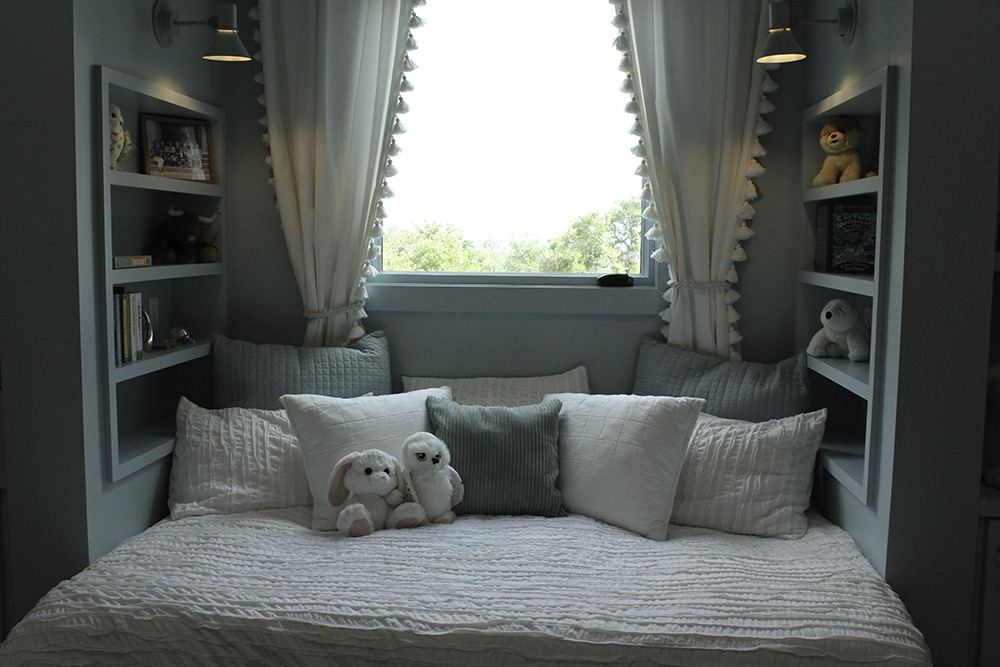As a custom home builder, I know that starting a construction project—whether it’s a new build, an addition, or a major remodel—can feel overwhelming. Over the years, I’ve heard many of the same questions from both homeowners and fellow contractors. Below, I answer the most important questions to ask before building your custom home in Central Texas so you can move forward with clarity and confidence.
What is a realistic construction budget for a new build in Central Texas?
What is the total estimated cost?
Every project begins with a detailed budget based on your plans, finishes, and site conditions. I provide a transparent estimate that breaks down labor, materials, and allowances so you can see where every dollar goes.
What factors impact custom home construction costs.
Market prices for lumber, steel, and other materials can fluctuate, and site-specific surprises—like soil issues or hidden structural problems—may require adjustments. Keep in mind that any changes to materials or plans are likely to result in changes to the final cost.
What is value engineering, and how does it work?
If costs run higher than expected, we explore “value engineering”. This means we explore all means of adjusting materials or design elements that maintain quality while reducing expenses, such as selecting alternative features and finishes, and optimizing square footage.
How do I begin to estimate the final construction costs for a custom home?
Building a custom home in Texas costs approximately $150 to $500 per square foot, with a median of $300 per square foot The total cost to build a new custom home in Central Texas can range from around $750,000 to $2 million for a typical 2,500–4,500 square foot home, though this excludes the significant cost of land and site preparation. Key factors influencing the final price include the location, the home’s size and style, and the quality of materials.
How do we determine a reasonable timeline?
A realistic timeline balances speed with quality. Based on current material lead times and subcontractor availability, I create a construction schedule that includes milestones and a target completion date. Weather, permitting, change orders, or supply shortages can cause delays, but regular updates keep you informed so you can plan with confidence.
How do we get the proper permits & and follow construction regulations?
Yes, most projects require a building permit. My team handles the entire permitting process—from submitting plans to coordinating inspections—so you don’t have to navigate local regulations on your own.
How do we stay on the same page as our builder?
Before construction begins, we provide a written scope of work detailing exactly what’s included: site prep, structural work, finishes, and final cleanup. This document ensures everyone shares the same expectations and helps prevent scope creep. This is a living document. When anything changes, the scope of work is updated and signed off on.
What can we expect for contractor experience
Our company has been building and remodeling homes for 50 years. Our online portfolio doesn’t show all the work we’ve completed but our experience spans everything from contemporary custom homes to commercial construction and industrial renovations. We’re happy to share references, photos, and case stories of similar projects so you can see our craftsmanship firsthand. If looking at other builders, it’s important to speak to references and have examples of work completed a minimum of five years past. This will ensure that the craftsmanship and relationship stand up to the test of time.
How do you find subcontractors?
Quality craftsmanship depends on trusted trades. We carefully vet all subcontractors—electricians, plumbers, framers—based on years of experience, licensing, and past performance. We manage their schedules, coordinate inspections, and ensure their work meets our standards.
What’s the best way to plan for and enjoy the custom home building process?
- Define clear project objectives
Define clear goals at the outset: budget limits, architectural direction, and functional needs. Aligning these objectives with the your vision prevents costly changes later.
- Minimize risks but expect delays
Weather, material shortages, and unforeseen site conditions are the most common risks. We build in contingency time and maintain relationships with multiple suppliers to keep the project moving but allow for flexibility and understand that unforeseeable challenges may arise.
- Maintain open communication
We communicate regularly to keep clients, subcontractors, and stakeholders on the same page. Quick updates prevent small issues from becoming big problems. If you have a question or concern, bring it up as soon as it arises. Don’t wait until it’s too late to make changes.
- Expect quality control
Regular inspections, punch lists, and strict adherence to plans ensure each phase meets or exceeds industry standards. We don’t move to the next stage until the current one is verified.
How do you maintain compliance & safety during the home building process?
Job site safety is non-negotiable. We follow OSHA guidelines, provide safety training for every crew member, and keep permits and inspections current to ensure full compliance.
The Bottom Line
Building a home or managing a large construction project is a partnership. Continuous, transparent communication, careful planning, and experienced oversight turn what could be a stressful process into a rewarding one. Whether you’re a first time homeowner dreaming of a custom build, or you are finally building your forever dream home, these questions lay the foundation for a successful project.
If you have more questions about building a custom home in the Wimberley Valley or Central Texas area, or if you’re ready to start your custom home project, let’s talk.
